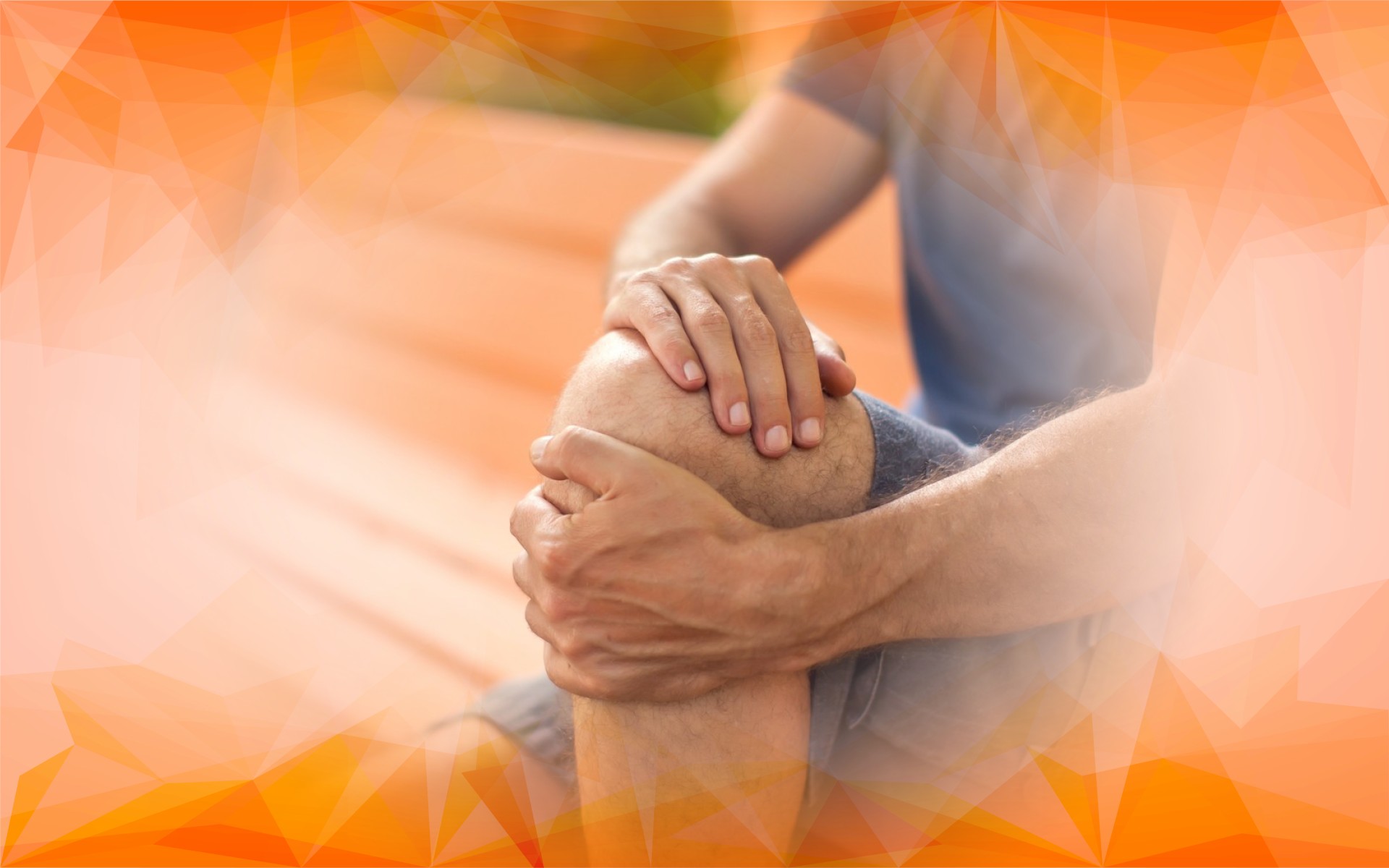Introduction: Is Knee Osteoarthritis a Disability?
Knee osteoarthritis (OA) is a widespread condition where the protective cartilage in the knee wears down, leading to pain, swelling, stiffness, and limited mobility. While it often strikes middle-aged and older adults, its impact can make everyday tasks difficult for anyone affected. This raises a key question: should knee osteoarthritis be classified as a disability ? The answer matters, not only for medical reasons but also for social understanding and support. Traditionally, knee OA has been treated as a purely physical problem—something doctors diagnose and treat by focusing on joints and pain. However, the reality is more complex. Managing knee osteoarthritis involves more than what tests or scans reveal; it includes emotional struggles and social barriers that shape daily life. In this article, we’ll explore both the medical and social aspects of knee OA , offering a fresh perspective on how we define disability for those living with this condition.
Understanding Knee Osteoarthritis: The Medical View
Clinically, knee osteoarthritis is diagnosed by identifying symptoms like pain, swelling, and restricted movement in the joint. Doctors may also use X-rays or MRI scans to evaluate how much cartilage has been lost. Yet, research highlights that the severity of joint damage doesn’t always match up with a person’s actual difficulties. Two people with similar X-rays may feel very different when it comes to pain and mobility. Medical treatments typically aim to ease pain and restore function through medications, physical therapy , or surgery. While these interventions are essential, they don’t always address the bigger picture of how OA affects someone’s life. The impact often goes beyond the knee , triggering a cycle that affects mobility and overall function. In fact, recent studies have shown that osteoarthritis is among the leading causes of pain and limited mobility in older adults.
The Hidden Impact: Psychological and Social Challenges
Living with knee osteoarthritis isn ’t just about coping with joint pain. Many people deal with mental health struggles like anxiety , depression, or fear of worsening their symptoms by moving. This fear can cause them to avoid physical activity, which ironically tends to make the problem worse—muscles weaken and joints stiffen, deepening the disability. Emotional reactions like frustration, sadness, or even embarrassment can also emerge, especially when OA interferes with work or social life. Social isolation is a real risk as mobility decreases, and individuals may feel left out from activities they once enjoyed. Studies have shown that psychological factors significantly influence how disabling knee OA feels, often even more so than the actual physical damage. For example, depression is common among those with OA, and it can amplify the experience of pain and disability . Additionally, people with established disabilities are more likely to develop secondary problems like osteoarthritis , leading to even greater challenges. Rehabilitation statistics reveal that people with OA represent the largest group receiving inpatient rehabilitation services—highlighting just how widespread and significant the impact can be.
Holistic Care: Combining Physical and Emotional Support
Given the wide-ranging effects of knee osteoarthritis , treatment is most effective when it considers both body and mind. Tailored exercise programs can improve strength and flexibility, easing symptoms and boosting mobility. Education about safe movement helps people stay active without unnecessary fear. Alongside these physical therapies, psychological support is equally important. Techniques like cognitive-behavioral therapy can help manage anxiety and depression, making it easier for people to cope with daily challenges. Experts recommend routine screening for depression in osteoarthritis patients to ensure emotional well-being isn’t overlooked. Preventive strategies that address both physical and psychological needs are crucial for maximizing function and quality of life. Empowering patients with knowledge gives them confidence to stick with their treatment plans and adapt to changes. Rehabilitation centers play a vital role in this approach, offering the support and resources needed to address the unique challenges of living with OA.
Conclusion: A New Way of Thinking About Disability in Knee Osteoarthritis
In summary, knee osteoarthritis is much more than a medical diagnosis —it’s a condition that affects people physically, emotionally, and socially. Adopting the biopsychosocial model allows us to recognize how disability arises from the complex interaction between body, mind, and environment. By considering all these factors, healthcare providers and researchers can offer more compassionate and effective support, helping people with OA lead fuller, more active lives. Rethinking disability in the context of knee osteoarthritis not only leads to better care, but also creates greater understanding and empathy for those it affects.
References
Marks, R. (2014). Depression and osteoarthritis: Impact on disability. Journal of Aging Science, 2(3). https://doi.org/10.4172/2329-8847.1000126
Morgenroth, D. C., Gellhorn, A., & Suri, P. (2012). Osteoarthritis in the disabled population: A mechanical perspective. PM&R, 4(5S). https://doi.org/10.1016/j.pmrj.2012.01.003
Syrnikova, B. A., Storozhenko, D. V., Storozhenko, E. E., & Temirov, R. A. (2024). Rehabilitation of the disabled with osteoarthritis in a multidisciplinary rehabilitation center. Medical and Social Expert Evaluation and Rehabilitation, 26(4), 215-222. https://doi.org/10.17816/mser624988
Frequently Asked Questions
Knee osteoarthritis can be classified as a disability due to its significant impact on pain, mobility, and daily life. Recognising it as a disability means greater access to support, understanding, and treatment for patients. AMSK Clinic at Harley Street, London, offers comprehensive care for people dealing with this challenging condition.
Knee osteoarthritis affects more than just the joint. It can lead to emotional struggles, such as anxiety or depression, and create social challenges like isolation. AMSK Clinic’s team understands both the physical and emotional sides, ensuring patients receive all-round support for best outcomes.
Our clinic combines physical therapies—like tailored exercise and education—with psychological support, including cognitive-behavioural therapy. This integrated care addresses both mind and body, helping patients regain mobility, confidence, and improve their quality of life. AMSK Clinic’s experience ensures compassionate and highly effective treatment for knee OA.
AMSK Clinic stands out by delivering personalised care that covers medical, psychological, and social aspects. Our rehabilitation programmes and expert team offer ongoing support, education, and resources, empowering patients to overcome day-to-day challenges of knee osteoarthritis and boost their recovery journey.
AMSK Clinic provides access to advanced therapies, including Arthrosamid® injections and structured rehabilitation. These treatments aim to relieve pain, restore function, and enhance quality of life. Our clinical expertise ensures each patient receives an effective, tailored plan backed by the latest research and technology in osteoarthritis care.




